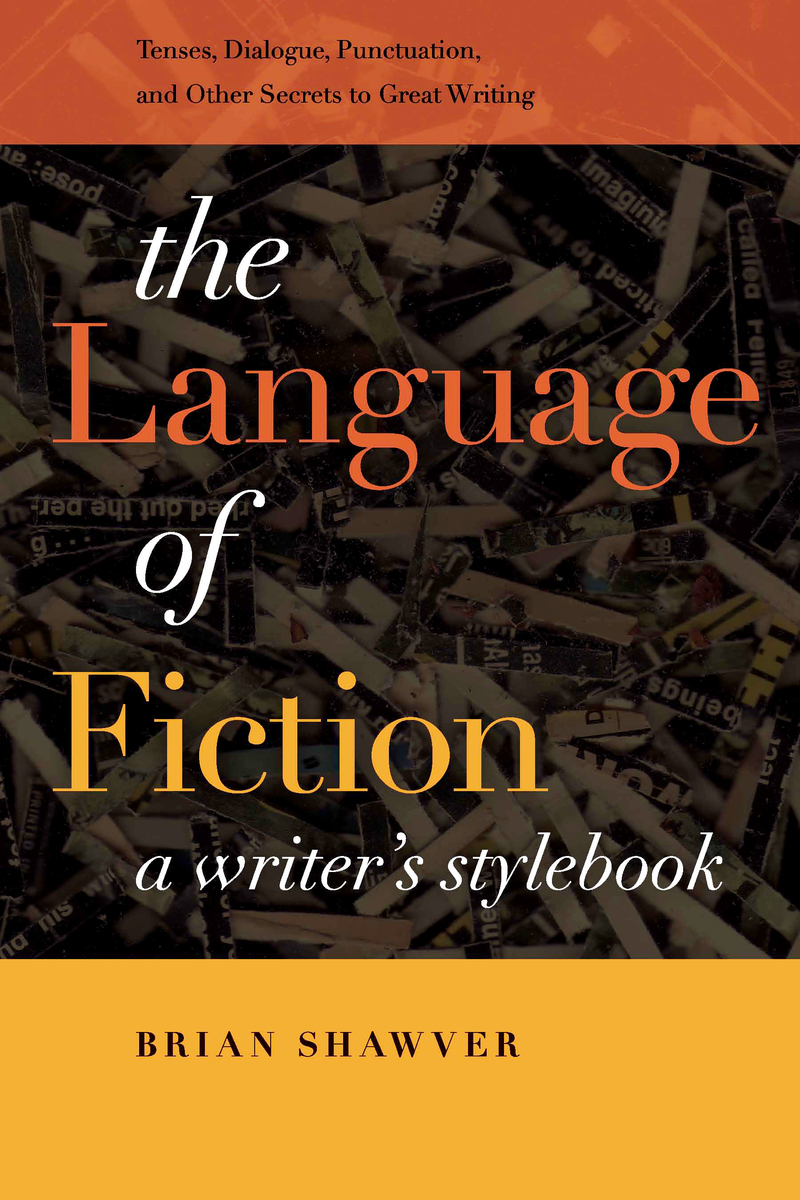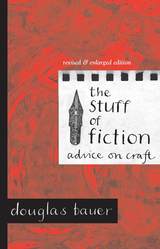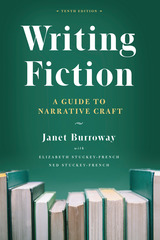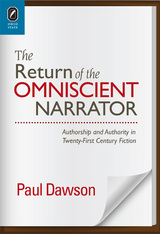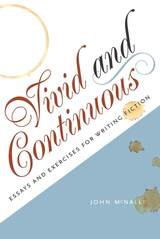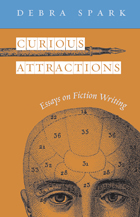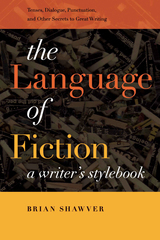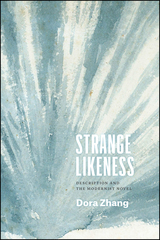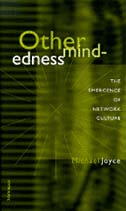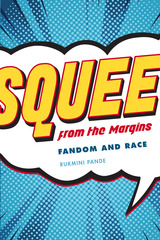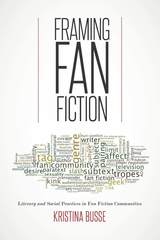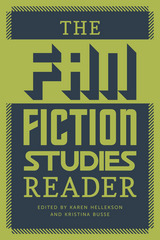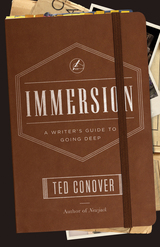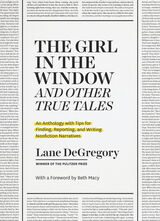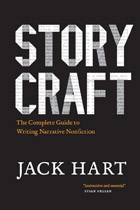The Language of Fiction: A Writer’s Stylebook
University Press of New England, 2013
Paper: 978-1-61168-330-1 | eISBN: 978-1-61168-331-8
Library of Congress Classification PN3365.S53 2013
Dewey Decimal Classification 808.042
Paper: 978-1-61168-330-1 | eISBN: 978-1-61168-331-8
Library of Congress Classification PN3365.S53 2013
Dewey Decimal Classification 808.042
ABOUT THIS BOOK | AUTHOR BIOGRAPHY | REVIEWS | TOC
ABOUT THIS BOOK
Grand themes and complex plots are just the beginning of a great piece of fiction. Mastering the nuts and bolts of grammar and prose mechanics is also an essential part of becoming a literary artist. This indispensable guide, created just for writers of fiction, will show you how to take your writing to the next level by exploring the finer points of language. Funny, readable, and wise, this book explores the tools of the fiction writer’s trade, from verb tenses to pronouns to commas and beyond. Filled with examples from the best-seller lists of today and yesterday, it will help you consider the hows and whys of language, and how mastery of them can be used to achieve clarity and grace of expression in your own work. Here, you’ll find Encouragement and advice to face the big questions: Past or present tense? Comma or semicolon? Italic or roman? Should your dialogue be phonetically rendered, or follow standard rules of grammar? (And where does that pesky quotation mark go, again?) Warning signs of the betrayal of language, and ways to avoid it: Unwitting rhymes, repetition, redundancy, cliché, and the inevitable failure of vocabulary How-to (and how-not-to) examples: The grammatical “mistakes” of Charles Dickens; ambiguous pronoun usage by Nathaniel Hawthorne; the minefield of paragraph fragments found in one of today’s most successful authors.
See other books on: Authorship | Handbooks, manuals, etc | Language | Style Manuals | Technique
See other titles from University Press of New England
